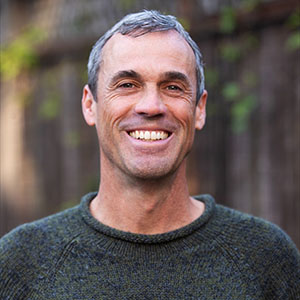Executive Summary
Today, white households at the median hold six times the wealth of Black households, five times the wealth of Hispanic households, and more than 10 times the wealth of Native American households.1
The discriminatory practices feeding the Black-white wealth gap have erased an estimated $16 trillion in gross domestic product (GDP) over the past two decades, according to Citigroup. Moreover, closing that gap today could add $5 trillion in GDP over the next five years. Imagine the benefits to our economy if race played no role in generating wealth. A rising tide may lift all boats, but that lift can only happen if you have a boat.
As we approach levels of inequality not seen since the Gilded Age, an increasingly important measure of economic advancement will be shared prosperity—the ability to maintain growth while ensuring a greater proportion of the population benefits.2
Philanthropy's Role
Philanthropic and private investors can lead the way by testing, validating, and scaling up interventions that ensure access to wealth-generating assets at the base of the economic pyramid. Using the full spectrum of investment returns—from market-rate and concessionary capital to grant funding—philanthropists and impact investors can help make economic “boats” available to more people of color.
This article identifies five critical drivers of the wealth gap in the United States and offers strategies to help close it. Our research included interviews with over 50 philanthropists, impact investors, and social entrepreneurs pioneering new models of wealth creation in communities of color.
We intentionally use an inclusive frame of the racial wealth gap addressed to historically marginalized communities of color—particularly Black, Hispanic, and Native American households where the gaps are the largest. In doing so, we acknowledge the unique historical contexts shaping each group. However, in reviewing their histories side by side, we see repeated barriers and challenges that point to the potential of shared solutions and collective uplift.
Five Drivers and Solutions for Narrowing the Racial Wealth Gap
Nearly eight and a half trillion dollars—that’s what it would take to close the wealth gap between the median white household and the median household of color.3 That number may seem astronomical, however, the combined wealth of the top 1 percent of households has climbed a staggering $11 trillion since 2020.4 There is no doubt that our economy creates abundance. The question is: are we doing enough to ensure more people gain access?
“Capital has done a significant amount of harm to communities of color. To undo that, we need the same capital to become a restorative tool.”
To develop strategies, we started by breaking down the problem into its component parts, quantifying the magnitude of impact for the average household of the five drivers. We then profiled solutions that could have an outsized impact on each of those drivers.
- Family Inheritance: Strengthen the movement for baby bonds
- Income and Benefits Sufficiency: Scale employee ownership models
- Homeownership: Support community-anchored affordable homeownership
- Debts, Fines, and Fees: Expand community lending and alternative credit building
- Entrepreneurship: Provide equitable access to investment capital
Download a PDF of the full article
The incentives built into our economy accrue wealth for those who already have it. Shifting our systems toward shared prosperity requires scaling interventions that enable communities of color to benefit from economic growth. The five approaches we present here are an illustration of high-leverage, immediately investable opportunities—but narrowing the racial wealth gap needs more than just great ideas. It requires aligned action on the part of philanthropy in shaping capital markets.
As some of the largest and most nimble asset holders, philanthropy has power—the capacity to act. Philanthropy can and should be the catalyst for a paradigm shift in how wealth gets created, moving us from inequity and zero-sum to shared prosperity and more boats.






